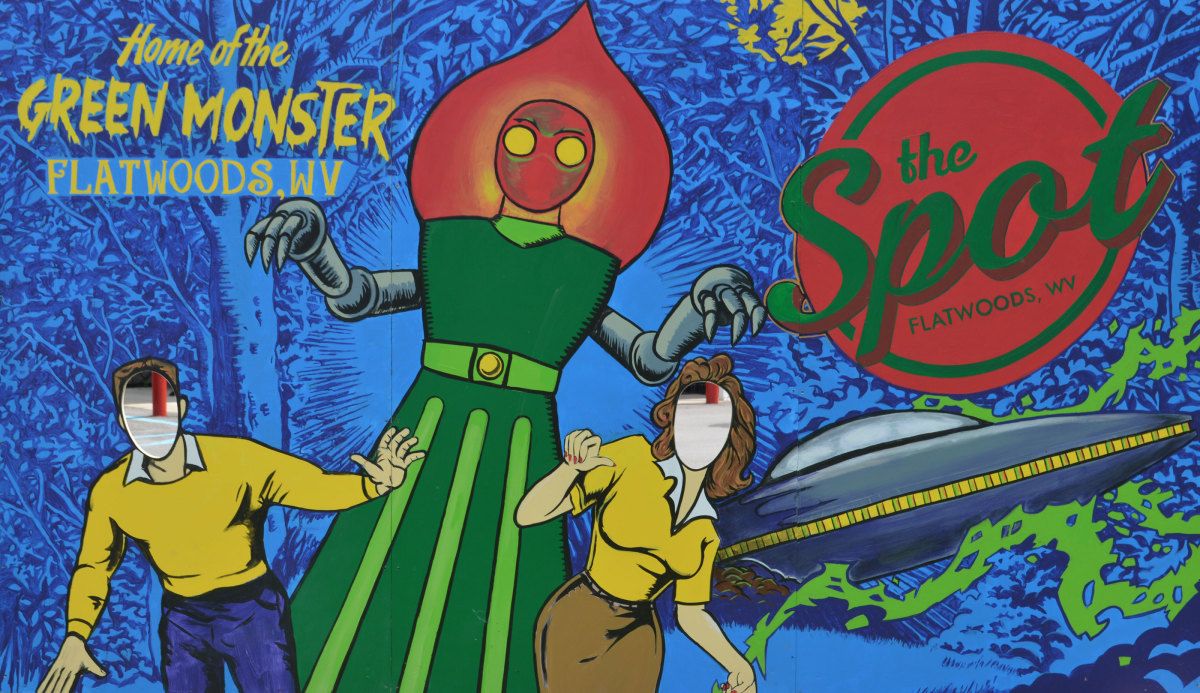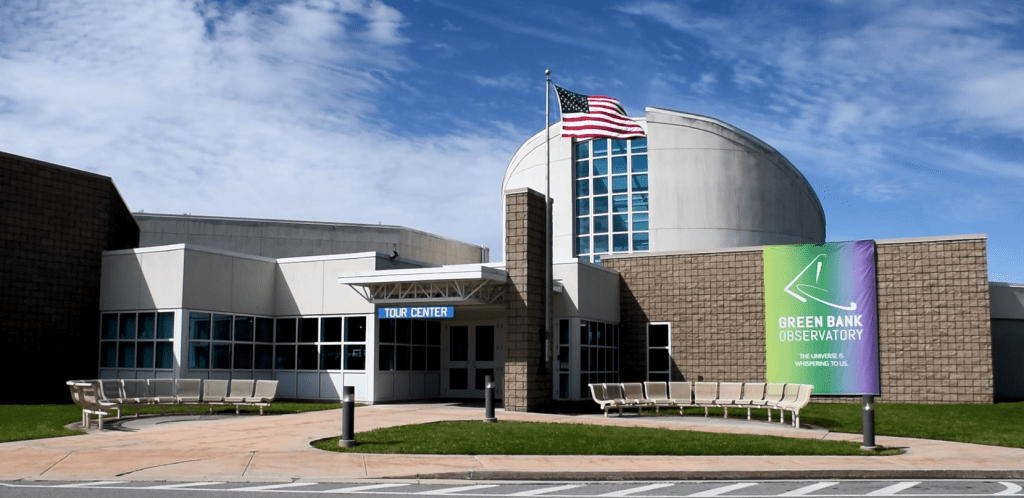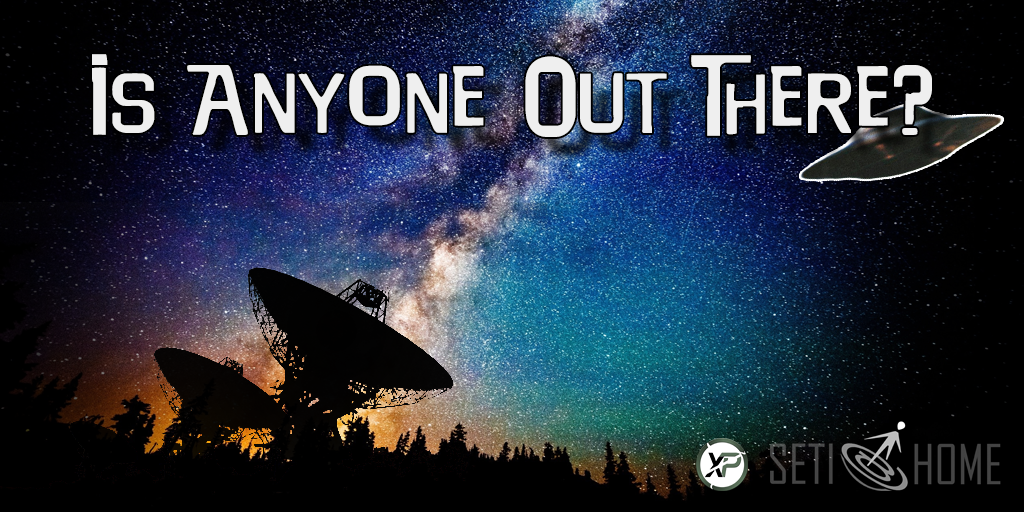W.Va. Ground-Zero For UFO Research, Encounters
Listen to “e170 W.Va. Ground-Zero For UFO Research, Encounters” on Spreaker.
Article by David Sibray November 13, 2019 (wvexplorer.com)
• Dave Spinks, a top paranormal and UFO investigator and author who has appeared on the Travel Channel, the History Channel, and Destination America, says you can’t beat West Virginia when it comes to UFO lore. Spinks will speak on these matters at the Flatwoods Monster Museum in Sutton, WV on Saturday, November 23rd, and will sign copies of his new book, “Real West Virginia UFOs”.
• Spinks says West Virginia has a long association with UFO activity because of its role in the search for extraterrestrial life and because it is the location of many early UFO encounters. “Two of the earliest and most famous encounters in the U.S. were reported here,” Spinks says, referring to legendary encounters involving Mothman and the Flatwoods Monster.
• A former federal law-enforcement officer, Spinks began to collect notes about encounters with UFOs and the paranormal in the 1990s. He left law enforcement in 2011 and became a full-time paranormal investigator, appearing in nationally televised shows and in thousands of news articles and podcasts. Spinks grew up nearby near Birch River and some of the members of his family had attended school with some of the witnesses from Flatwoods. “That’s what started me thinking.”
• In 1952, people reported seeing a spacecraft crashing in the hills south of the town of Flatwoods, WV. On investigation, they encountered its apparent occupant, a super-human being called the Flatwoods Monster, which chased them from the crash site. Spinks also heard tales of Mothman, a winged creature said to haunt the Ohio Valley in the 1960s.
• West Virginia is also the home to the Green Bank Observatory where Frank Drake established the first telescopes used in the SETI program—the Search for Extraterrestrial Intelligence.” Says Spinks, “Here he met with Carl Sagan” to speculate about the possibilities of intelligent (extraterrestrial) life.
A top paranormal investigator says West Virginia has a long association with UFO activity, because of its role in the search for extraterrestrial life and because it is the location of many early alleged UFO encounters.

Dave Spinks, perhaps best known for his appearances on the Travel Channel, the History

Channel, and Destination America, says you can’t beat the Mountain State when it comes to UFO lore.
“Two of the earliest and most famous encounters in the U.S. were reported here,” Spinks says, referring to legendary encounters involving Mothman and the Flatwoods Monster.
“But it was here, too, at Green Bank Observatory that Frank Drake established the first telescopes used in the SETI program—the Search for Extraterrestrial Intelligence.”

“Here he met with Carl Sagan,” Spinks said, referring to the collaboration with scientists who met with the proponent of the Drake Equation, an argument used to speculate about the possibilities of intelligent life off the planet.
A former federal law-enforcement officer, Spinks began to collect notes about encounters with UFOs and the paranormal in the 1990s. However, his inspiration came from his youth spent in the hills near Flatwoods, the site of one of the state’s first encounters.
In 1952, a group of Flatwoods residents reported seeing what they believed was a spacecraft crashing in the hills south of the town. On investigation, they encountered its apparent occupant, a super-human, the Flatwoods Monster, a being that chased them from the alleged crash site.
Spinks grew up nearby near Birch River and some of the members of his family had attended school with some of the witnesses from Flatwoods. “That’s what started me thinking.”
Spinks also heard tales of Mothman, a winged creature said to haunt the Ohio Valley near Point Pleasant in the 1960s, during which West Virginians frequently watched the sky, hoping to catch a glimpse, which some claim to have done.
FAIR USE NOTICE: This page contains copyrighted material the use of which has not been specifically authorized by the copyright owner. ExoNews.org distributes this material for the purpose of news reporting, educational research, comment and criticism, constituting Fair Use under 17 U.S.C § 107. Please contact the Editor at ExoNews with any copyright issue.





 ar to ordinary WiFi connections at 2.4 GHz. Staff at the observatory are charged with pinpointing local RFI hotspots that could potentially harm its research. RFI technician Chuck Niday drives around the county looking for unauthorized radio waves. In today’s era of high-tech gadgets and smart homes, unauthorized RFIs are becoming ubiquitous. Popular Mechanics quoted Niday as saying “We got tons of WiFi around here. It’s kind of don’t ask, don’t tell”. Niday notes that there is little that could be done about it – apart from the locations being properly mapped for further study, as observatory staffers don’t have the power to strip residents of their WiFi spots.
ar to ordinary WiFi connections at 2.4 GHz. Staff at the observatory are charged with pinpointing local RFI hotspots that could potentially harm its research. RFI technician Chuck Niday drives around the county looking for unauthorized radio waves. In today’s era of high-tech gadgets and smart homes, unauthorized RFIs are becoming ubiquitous. Popular Mechanics quoted Niday as saying “We got tons of WiFi around here. It’s kind of don’t ask, don’t tell”. Niday notes that there is little that could be done about it – apart from the locations being properly mapped for further study, as observatory staffers don’t have the power to strip residents of their WiFi spots.


